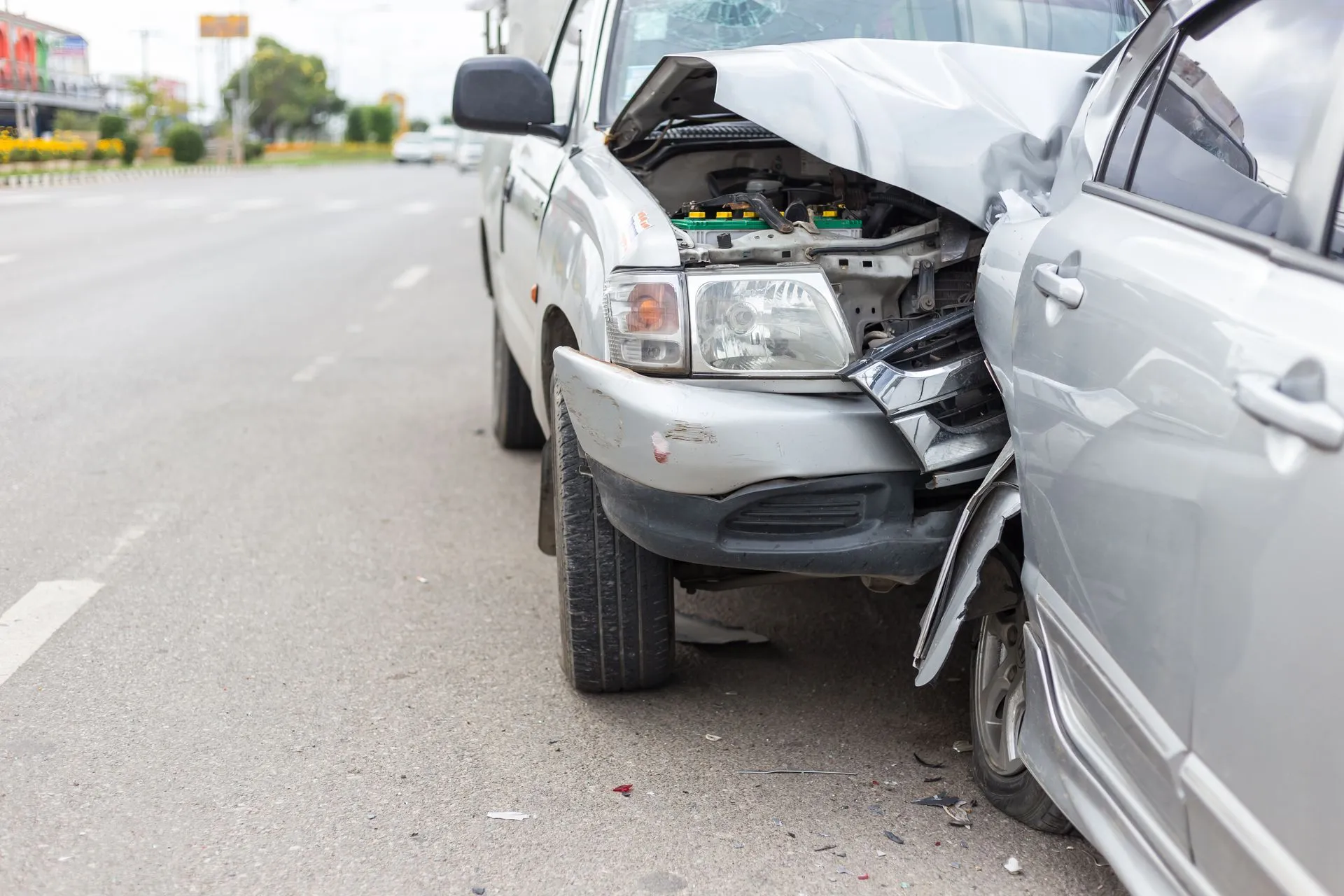
Despite spending a good portion of our lives driving, we can’t deny how easy it can be to get into an accident. If this happens to you, one of the first issues you’ll normally encounter is figuring out the distribution of blame and whose insurance pays for vehicle damage and injuries.
There are some states where blame doesn’t matter in regard to injuries – at least not immediately. For example, if the car crash happened in a no-fault state, each driver is responsible for their own medical costs (up to their PIP limit), rendering it impossible to take legal action unless medical costs, lost wages and pain and suffering exceed their personal policy limits.
The same is not true for property damage costs, in which fault does still matter in no-fault states. The at-fault party’s property damage liability coverage should pay for the other driver’s vehicle repairs or replacement.
Is Ohio a no-fault state? No – it’s an at-fault state (otherwise known as a tort state), meaning that responsibility for injuries can be assigned to a driver and dealt with legally. If you decide to sue the at-fault party for damages related to injuries, you can only do so in an at-fault state or in certain circumstances in no-fault states (like if you suffered a catastrophic injury resulting in a disability, permanent scarring, etc.).
What Does “No-Fault State” Mean?
In a no-fault state, each driver’s personal injury protection (PIP) insurance (or “no-fault” insurance as it’s also called since it’s only a policy in no-fault states) will cover their own injuries, diminished wages and any other injury-related losses suffered from the accident. Regardless of which driver is at fault, you are responsible for your own medical costs, even if you’re left with thousands of dollars in debt, unless certain conditions are met.
However, even in a no-fault state, automotive property damage must be paid with the liable driver’s insurance. The party who is not at fault can also pursue recompense for their pain and suffering damages. Still, drivers in these states will have to cover most of their own medical expenses while not being able to pursue a personal injury lawsuit against the offending driver.
What is an “At-Fault State,” And What Does That Mean for Ohio Drivers?
Thankfully, Ohio is an at-fault state. As the name implies, in an at-fault state, the driver who is found responsible is liable for almost all damages caused by the accident.
In addition to paying their own damages (which may or may not be covered depending on their own insurance policies), they are also required to compensate the other party using their property damage liability and bodily injury liability portions of their insurance policy. If the expense exceeds their policy limit, they may be forced to pay out-of-pocket.
Because one must be assigned fault in an at-fault state, there is often a lengthy insurance investigation and negotiation process to decide who was to blame. As a result, car accident injury insurance claims may take longer to process.
Since Ohio is an at-fault or tort state, if you’re in an accident, you can take legal action to pursue compensation if needed. If the collision wasn’t your fault, you shouldn’t have to shoulder the costs alone. Whether there is trouble deciding who caused the accident or whether the at-fault party’s insurance won’t give you a proper reimbursement, the Buckeye Law Group can help.
Attorneys in the Buckeye Law Group Network Have Won More Than One Billion Dollars in Settlements and Verdicts for Our Clients
Our team of experienced lawyers fight for the fair settlements our clients deserve in all sorts of accidents. Whether the collision was with a bike, car, truck, bus, motorcycle or an Uber or Lyft driver, our lawyers have the knowledge and expertise to support your case. No matter the circumstances, we will work hard to help you get the settlement you deserve.
Learn more about what the Buckeye Law Group can do for you. Call 1-800-411-PAIN or visit our website for a free case consultation.
Obstetrical Negligence: When Childbirth Care Falls Below the Standard
Childbirth is supposed to be a joyful and life-affirming moment—but when medical professionals fail to provide proper care during labor and delivery, it can result in devastating injuries to both
What Cyclists Need to Know About Road Sharing Laws
Cycling is on the rise in cities and suburbs across Ohio, offering an eco-friendly and healthy alternative to driving. But with more bicycles on the road, there’s also a growing
Understanding Liability in Railroad Worker Accidents
Working on the railroad remains one of the most dangerous jobs in America. Between moving equipment, heavy machinery, and exposure to hazardous materials, the risk of injury is substantial. When
Legal Options for Victims of Red Light Accidents
Every driver knows that red means stop—but when someone chooses to ignore that basic rule, the results can be devastating. Red light accidents are among the most violent and deadly
Motorcycle Accident Claims: What Injured Riders Need to Know — Q&A with Buckeye Law Group
Q: Why are motorcycle accidents often more serious than car accidents?Motorcyclists are far more vulnerable on the road due to their lack of physical protection. When accidents happen, the injuries
Stroke Misdiagnosis: When Delay in Care Becomes a Life-Threatening Mistake
A stroke is one of the most urgent medical emergencies a person can experience. When recognized early and treated promptly, the damage caused by a stroke can be minimized or
Understanding Nerve Injuries Caused by Medical Malpractice: Q&A with Buckeye Law Group
Q: How serious are nerve injuries caused by medical negligence?Nerve injuries can be devastating—not just physically, but also emotionally and financially. They often lead to long-term disability, chronic pain, and
Why Running Red Lights Is One of the Deadliest Driving Behaviors
Every day, reckless drivers put lives at risk by running red lights. This dangerous driving behavior is responsible for thousands of serious injuries and fatalities each year. If you or
How Railroad Crossing Negligence Leads to Fatal Accidents
Railroad crossings are some of the most dangerous intersections on the road. When safety precautions fail due to negligence, tragic accidents can occur, often resulting in catastrophic injuries or fatalities.
Shoulder Dystocia: Birth Injury Risks and Legal Options
Shoulder dystocia is a serious birth complication that occurs when a baby’s shoulder becomes trapped behind the mother’s pelvic bone during delivery. This emergency situation can lead to nerve damage,
